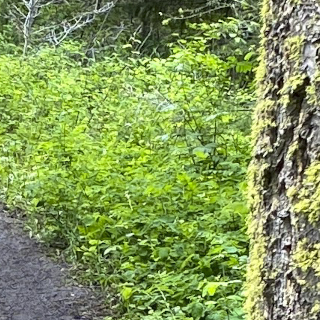Lewis and Clark National Forest
The Lewis and Clark National Forest, much like the Gallatin National Forest, did not have the same number of Chinese miners and entrepreneurs as other forests. However, many of the mine camps in the Little Belt Mountains had Chinese laundries and stores to service the miners. Both geology and mining district laws negatively affected Chinese migration into the area. First, the mines in the Little Belts were largely only accessed by hard rock mining, and placer mining was rare. This kept Chinese miners, who were only allowed to do placer mining, out of many districts. In addition, Neihart, the central mining camp in the Little Belts, passed legislationin 1885 that barred any Chinese from living or working in the boundaries of the mining district. This racially exclusionary law forced all Chinese out of the area, and kept any others from entering. Click on the link below to read the resolution passed in 1885 as found in the The River Press, out of Fort Benton, MT.
Chinese Exclusion in Neihart, The River Press, 1885
Thanks to Cascade County Historical Society and Overholser Research Center
Outside the main mining districts of the Little Belt Mountains there were quite a few Chinese living in White Sulphur Springs, and Lewistown. However, while performing historical research at the Meagher County Courthouse, we could locate only two references to Chinese purchasing any property. This is quite different than the successful searches at other Montana Courthouses. For some reason, perhaps racism, dealings of the Chinese were not officially recorded. This is a facet of the Chinese experience that was not known before. Thankfully, we had the 1880 Federal Census which mentioned the presence of two Chinese at Yogo Town, employed as laundry operators.
Yogo Town, located along Yogo Creek home to the world famous Montana sapphires of the same name, was previously recorded as an archaeological site but there was not mention of any Chinese presence. Upon survey of the Yogo Town site, which dates to a gold rush in the late 1870s and early 1880s, we discovered what appears to be a Chinese rock hearth on the outskirts of town. Further archaeological investigation should be able to prove this hypothesis.
Collapsed rock hearth at Yogo Town.
Appears to be of Chinese construction but more work needs to be done.
